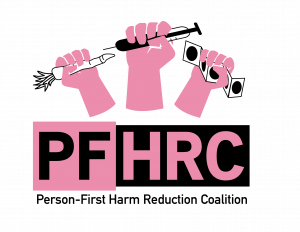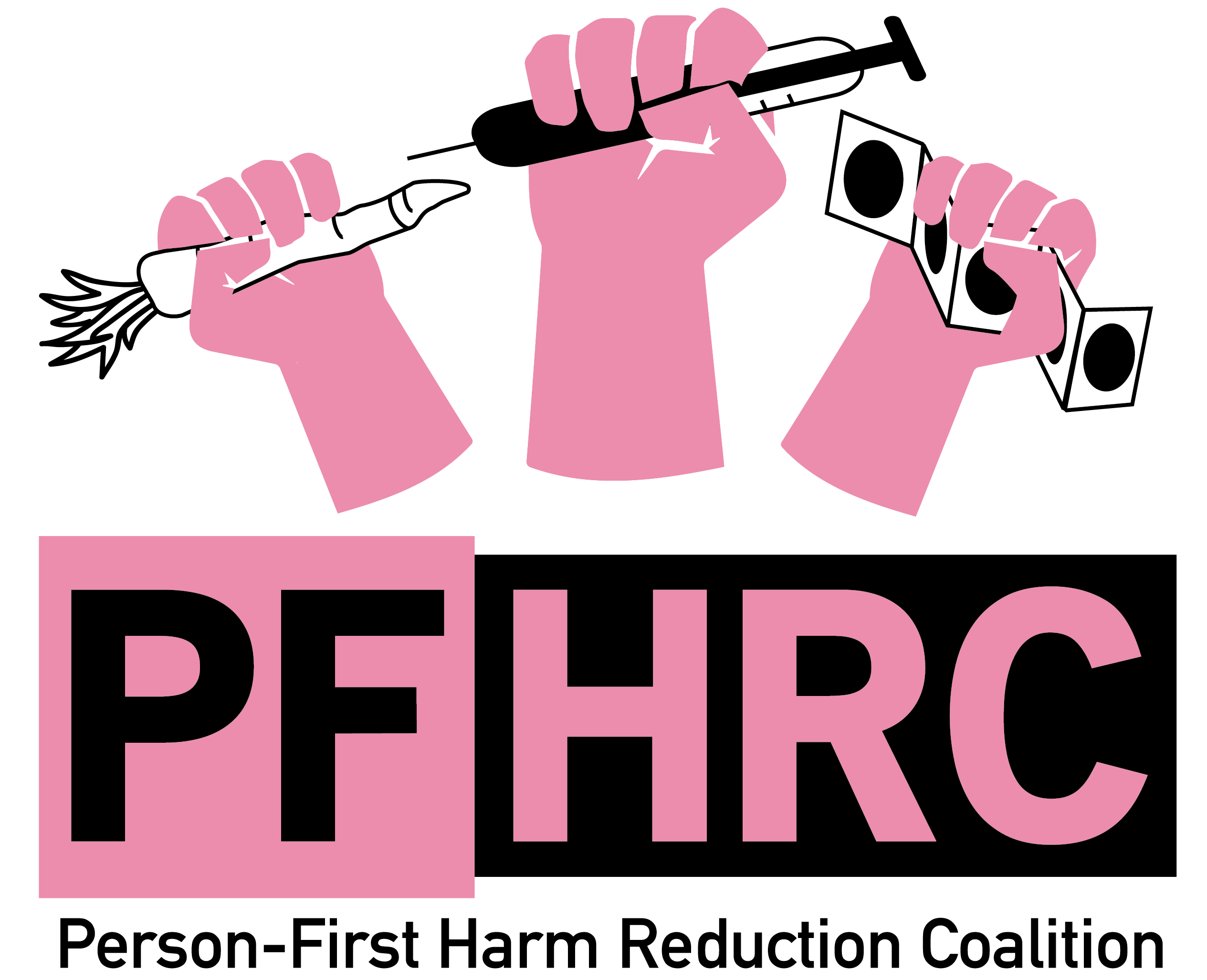Our Theory
Make a Difference Today
At Person-First Harm Reduction Coalition, well being is at the forefront of what we’re working together towards. Our programs and activities are designed to be a catalyst that helps those affected by the Drug War live happier and healthier lives. Learn more about the positive impact we have and join us in bringing about positive change.

Our Story
From Repression to Compassionate Care
Person-First’s story starts in many places, but the founding members came together after it was announced that Delaware County commissioners approved a motion to move forward with building a new 500 bed jail. It was suggested by the Indiana Department of Corrections that our commissioners find a way to reduce overcrowding within the current facility, otherwise the County might face a lawsuit about the jail. When we heard this news, we held an open meeting in our living room to find a way we could stop this project in its tracks. Throughout the meeting, we kept running into the question, “how can we work to reduce the population of the jail while also addressing the root cause of social problems that lead to arrest?” In short, we
came to find harm reduction as a viable alternative.
We looked at the population of the jail and found that a little over half of the population was there for drug crimes. Another sizeable chunk of the population were non-violent offenders. If we could find ways to curb these offenders’ arrests and consequent jailing, then we could reduce the population of the jail by 60-70%. We would only need 120 beds.
Harm reduction programs have been around and studied for decades, and the evidence is conclusive. Syringe-exchange programs reduce the number of syringes found in the community, reduce transmissions of infectious disease and injection-related infections, increase access to substance abuse treatment, and don’t increase the frequency or amount of drugs consumed by participants! Further, if the program has solid outreach and distributes Narcan, it can seriously reduce the amount of overdose deaths in the community. All of this for a fraction of the cost of treating for disease, infection, and emergency room visits.
We’ve learned that we cannot rely on those in power to provide compassionate services to the most marginalized and downtrodden among us. So, we’re learning to act without their blessing. If we had $45 million to fund these projects instead of a jail, we would see lasting, tangible, and positive changes in Muncie and Delaware County. Instead, we’ll be trying our best to build a loving community that leads to real opportunity, all with a shoe-string budget and open hearts.
